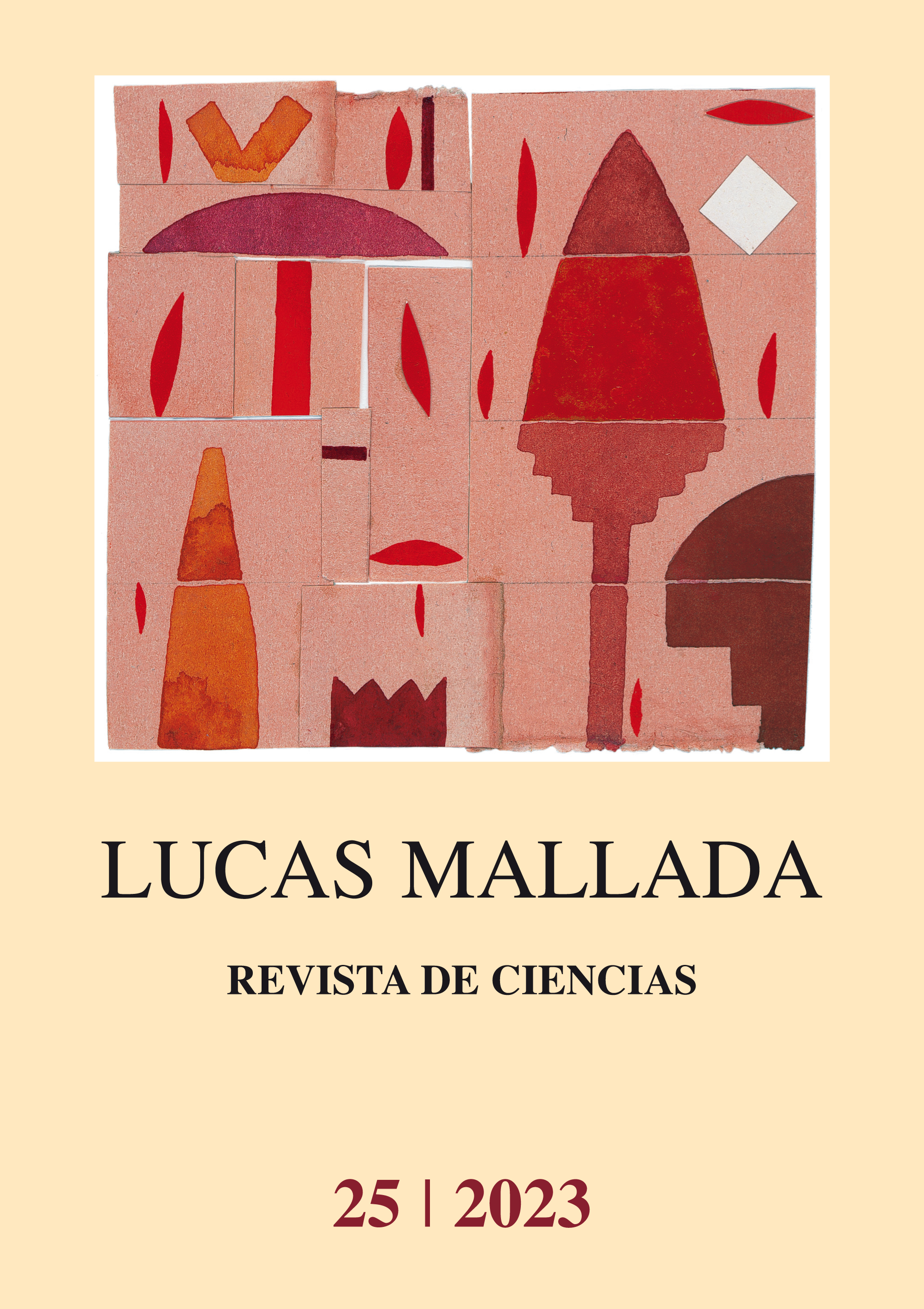Veinticinco años de observaciones glaciológicas en el glaciar del Infierno (1998-2022): síntesis de resultados
Main Article Content
Abstract
We analyse the evolution from 1998 to 2022 of the Infierno glacier, in the Aragonese Pyrenees, the only Spanish mountain range that still preserves white glaciers. Glaciological data are presented in relation to climatic and snowfall factors. The glacier’s behaviour is highly variable, often fluctuating between growth and regression from year to year. The years of greatest retreat were 2006, 2012, 2015, 2017, 2019, 2019, 2021 and 2022. In contrast, in 2013 and 2014 snow cover far exceeded the limits of the glacier body. In the upper basin of the Gállego, there has been a general increase in snow accumulation over the last quarter century (although in recent years, some snowfall variables indicate a decreasing trend), with marked interannual variability. However, the glacier is affected by a clear upward trend of positive thermal irregularities, resulting in a significant regression. The Infierno glacier is undergoing a transition to a black or covered glacier, especially on its eastern flank, a process linked to the progressive thawing of permafrost at these altitudes and increasing periglacial dynamics, which facilitates the fall of debris to the surface of the ice. Daily ice melting rates have also been measured at the end of the summer season, which has made it possible to determine the equivalent ice thickness losses.

